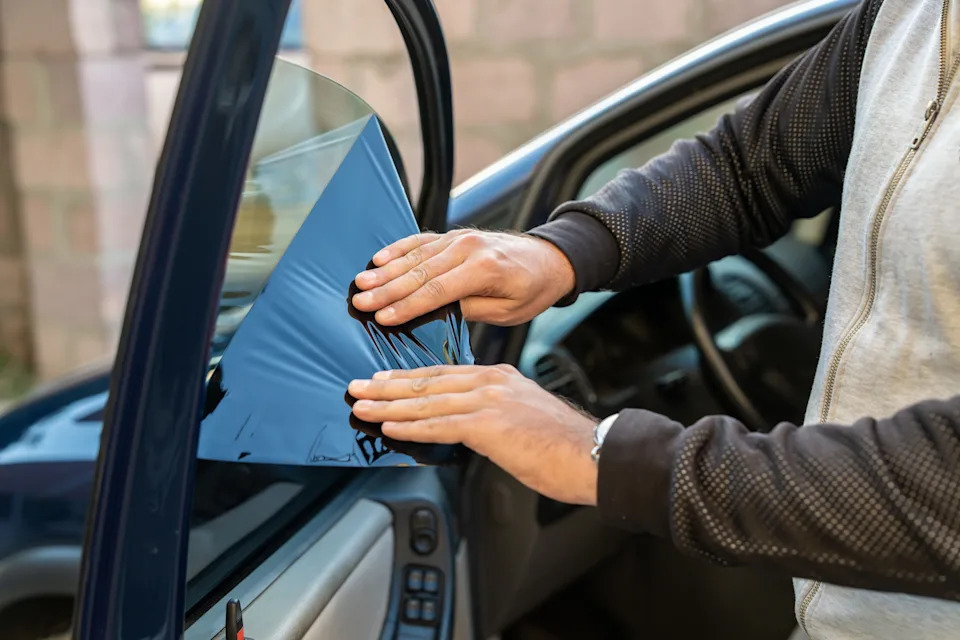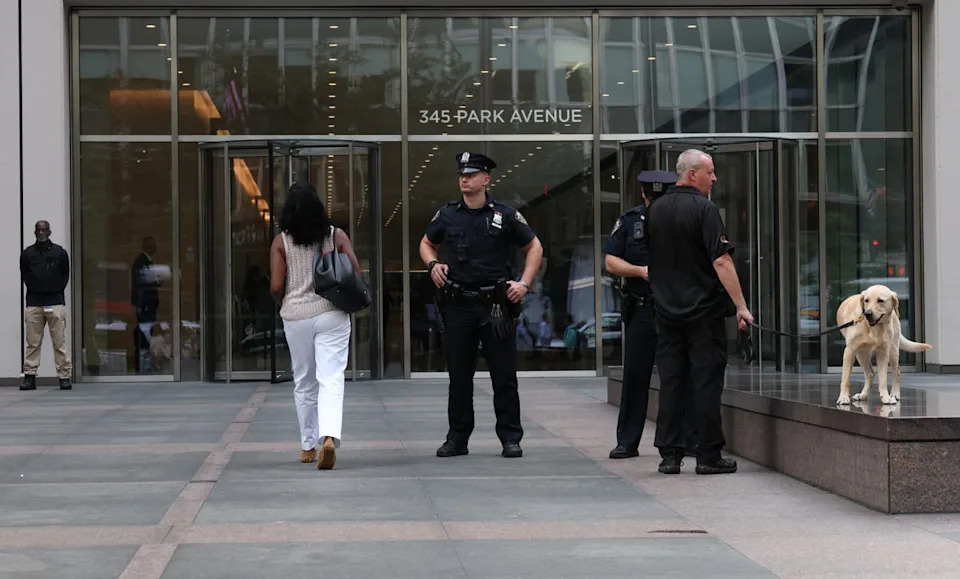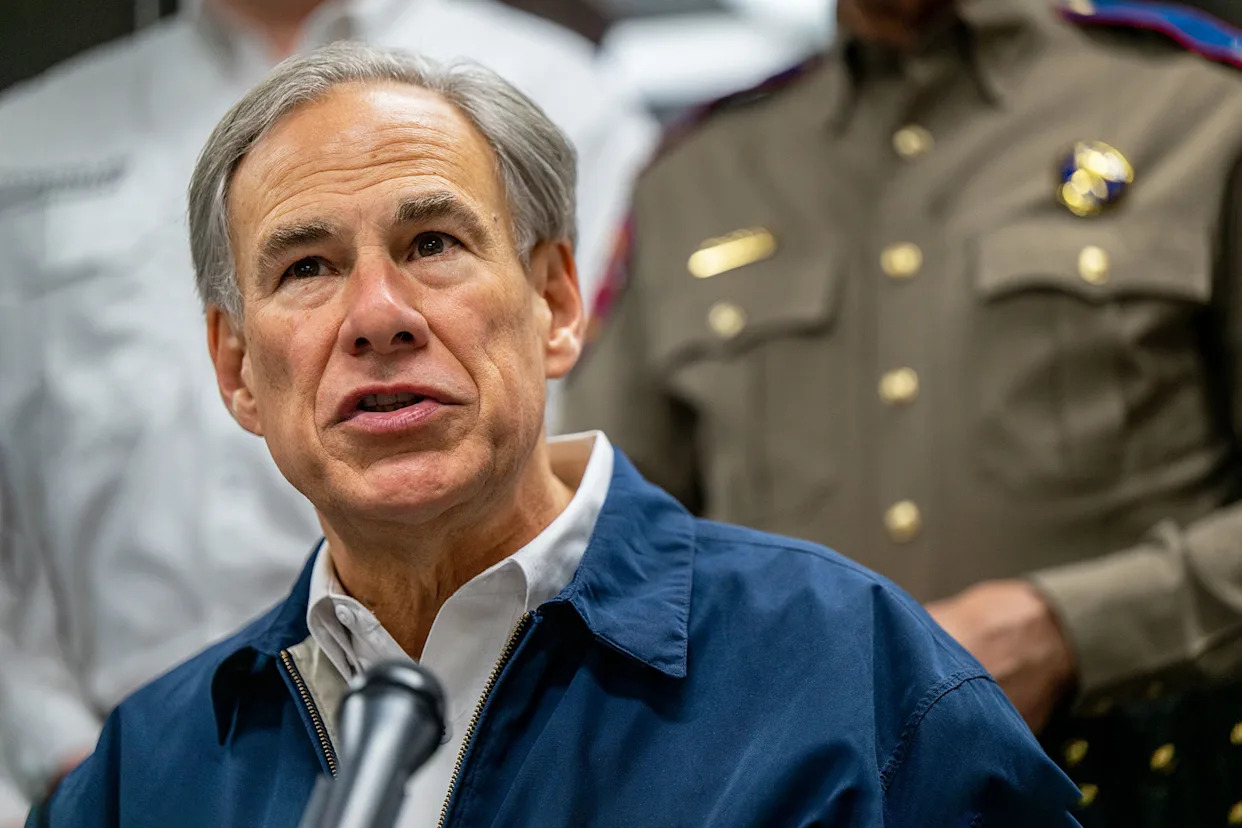Taking a seat in your car on a scorching Kansas summer day can feel downright painful.
One step Kansans take to keep their vehicle seats cooler involves covering their windows with tint, a thin film applied to reduce the amount of light and heat that enters.
Drivers also tint their windows because they like the way they look, don't want others looking into their car or wish to protect their interior from fading and damage.
States have differing rules about how much window tinting they'll allow. Some Kansas vehicle windows are tinted darkly enough to give police reason to pull over the driver.
Here's what Kansas statute says regarding how much tint is allowed.

Laws require 35% of light to be allowed to pass through
The amount of visible light that window tint laws require to be allowed to pass through car windows is called Visible Light Transmission (VLT).
All windows of sedans, SUVs and vans in Kansas must allow 35% of light to pass through, said the Car Tinting Laws website.
For those types of vehicles, Kansas law allows non-reflective windshield tint for the top five inches above the manufacturer’s AS-1 line, that site said.
"Before you tint your vehicle's windows, make sure you consult with your local tint shop as they will direct you to the right product best suited for you," said the Tint View website.
What is the window tint reflection limit in Kansas?
Window tint can reflect incoming light, reducing glare and heat.
In Kansas, window tint law permits a certain window reflection when using a tint.
For sedans SUVs and vans, front and back side window tint reflection must have "no metallic or mirrored appearance," said the Car Tinting Laws website.
What other laws regulate window tinting in Kansas?
The Car Tinting Laws site said the Sunflower State also:
Bans red, yellow and amber colors from tinting.
Requires dual side mirrors if the rear window is tinted.
Doesn't require manufacturers to certify the film they sell in Kansas.
Recommends but does not require stickers to identify legal tinting.
Does not allow medical exemptions that would allow drivers to use special tint.
Makes iit a Class C misdemeanor to violate any car window tinting law. Class C misdemeanors are punishable by a fine and up to one month in jail.
Why do window tint laws exist?
Window tint laws exist mainly for safety reasons.
Dark window tint can significantly reduce visibility for drivers, potentially leading to crashes
Tinting can also make it harder for law enforcement officers to see inside vehicles and tell if occupants are wearing seat belts or carrying a gun, said the Tint View website.
Tinting can hinder an officer's ability to make eye contact with occupants, assess cell phone usage, identify potential distractions or observe other suspicious activities, that site said.
Contact Tim Hrenchir at [email protected] or 785-213-5934.
This article originally appeared on Topeka Capital-Journal: Is tinting vehicle windows legal? Here's how much is allowed in Kansas








Comments